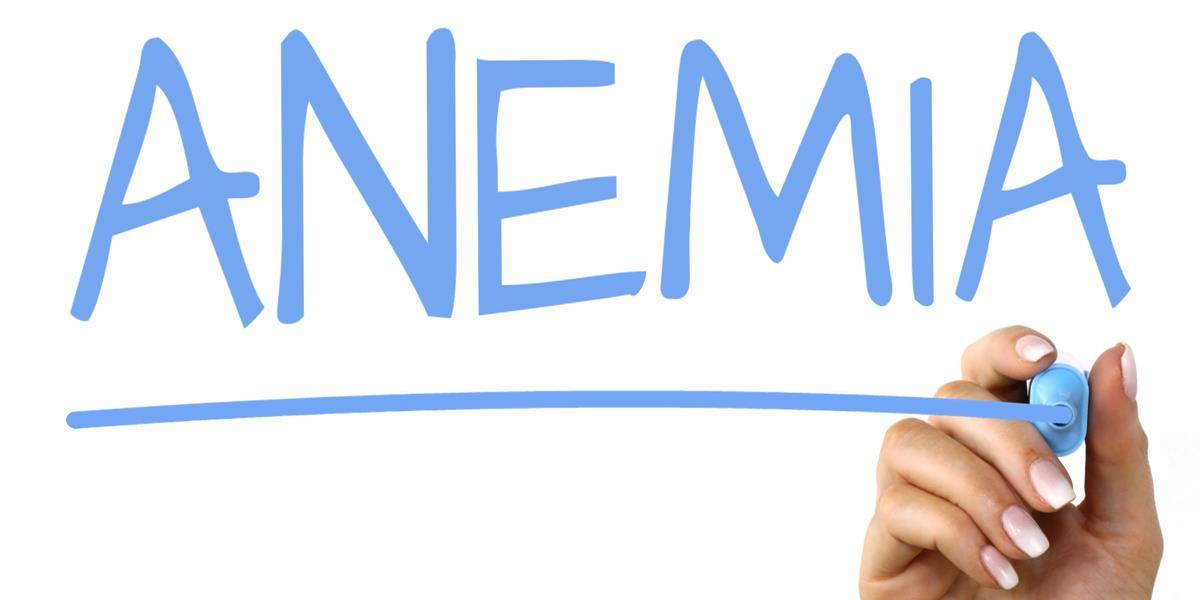The study reveals that iron deficiency — long considered the primary cause of anaemia — accounts for only a fraction of cases, highlighting the role of other factors in its widespread prevalence
Published Jan 23, 2025 | 7:00 AM ⚊ Updated Jan 23, 2025 | 7:00 AM

A multi-institutional study has upended conventional wisdom about anaemia in India, revealing that iron deficiency – long considered the primary culprit – plays a surprisingly minor role.
The research, published in the European Journal of Clinical Nutrition, not only challenges existing beliefs but also calls for a fundamental shift in how India approaches its battle against anaemia.
The study reveals that iron deficiency — long considered the primary cause of anaemia — accounts for only a fraction of cases, highlighting the role of other factors in its widespread prevalence.
Led by researchers from Hyderabad based Indian Council for Medical Research National Institute of Nutrition (ICMR-NIN), St. John’s Medical College, and several other leading research centres, the study examined blood samples from approximately 4,500 individuals across eight states.
The study measured venous blood haemoglobin (Hb) levels from 4,613 participants across eight Indian states. The sample included adolescents, adults, and the elderly, revealing a higher prevalence of anaemia in women than in men.
The research revealed that iron deficiency affects less than a third of anaemia cases, with significant variations across demographic groups
Men across all age groups showed even lower rates, ranging from 10.7 percent to 16 percent.
The study uncovered striking regional disparities in anaemia prevalence, ranging from 12 percent in Meghalaya to 70 percent in Assam.
Intriguingly, despite this vast difference in anaemia rates, both states showed similarly low levels of iron deficiency (around 12 percent ), further supporting the conclusion that other factors play more significant roles.
The study’s first major revelation concerns the actual prevalence of anaemia in India.
Previous surveys, particularly the National Family Health Survey-5 (NFHS-5), may have significantly overestimated the condition’s prevalence due to methodology differences.
While NFHS-5 reported anaemia in 57 percent of women and 25 percent of men aged 15-49 years, the new research found notably lower rates: 41 percent in adult women and 21 percent in adult men.
Dr Anura Kurpad from St. John’s Medical College, who led the study in a statement attributes this discrepancy to the method of blood collection. “The use of venous blood samples, rather than capillary blood, provides a more accurate picture of haemoglobin levels,” explains Dr. Kurpad.
This methodological difference alone resulted in a 30% reduction in anaemia prevalence estimates.
“Only one-fourth of 42 percent of women with anaemia were due to iron deficiency,” notes Dr. Kurpad. “Yet, everybody assumes that iron deficiency is the main cause of anaemia in India.”
The study identifies a multitude of factors beyond iron deficiency contributing to anaemia.
Vitamin deficiencies: Lack of B12 and folate, critical for RBC production, emerged as significant contributors.
Environmental Impact: Air pollution, specifically fine particulate matter (PM2.5), is linked to anaemia. Statistical modeling suggests reducing PM2.5 levels to national standards could lower anaemia prevalence by 10 percent.
Hemoglobinopathies: Genetic disorders affecting haemoglobin structure, such as HbE, were highlighted as crucial factors, particularly in regions like Assam.
Age-Specific Concerns: The elderly population, often overlooked in public health strategies, exhibited high anaemia prevalence due to reduced haemopoiesis and other age-related factors.
Others: Such as poor sanitation, undetected blood loss, inflammation due to various causes
The study also revealed interesting patterns regarding diet and anaemia.
While mild anaemia was more prevalent among vegetarians, moderate and severe anaemia showed similar rates regardless of dietary choices.
The research also highlights emerging challenges related to climate change. As global temperatures rise, the nutritional content of cereals is declining, particularly in terms of protein, vitamins, and minerals.
This trend suggests a need for dietary adaptation, potentially including a shift toward more resilient crops like millets.
These findings have significant implications for India’s public health strategies. The current approach of universal iron supplementation and food fortification may need reconsideration, particularly given the potential risks of excess iron intake.
“It is not easy to excrete iron, and too much iron can cause oxidative stress on all organs,” warns Dr. Kurpad. He advocates for a more nuanced approach that considers multiple factors.
Given these findings, the study emphasises the need for a paradigm shift in addressing anaemia:
Precision in Interventions: Blanket iron supplementation may no longer be justified. Public health programmes should target specific groups, such as adolescent girls and those with moderate to severe anaemia.
Comprehensive Nutritional Strategies: Addressing deficiencies in B12, folate, and other nutrients is essential. Enhanced dietary diversity and supplementation programmes are critical.
Environmental Reforms: Tackling air pollution could have a tangible impact on reducing anaemia rates. Policies promoting cleaner air should be integrated into public health frameworks.
Focus on the Elderly: As India’s population ages, tailored strategies for elderly populations are crucial.
Enhanced Diagnostics: Venous blood sampling should become the gold standard for haemoglobin measurement in large-scale surveys.
(Edited by Rosamma Thomas)
